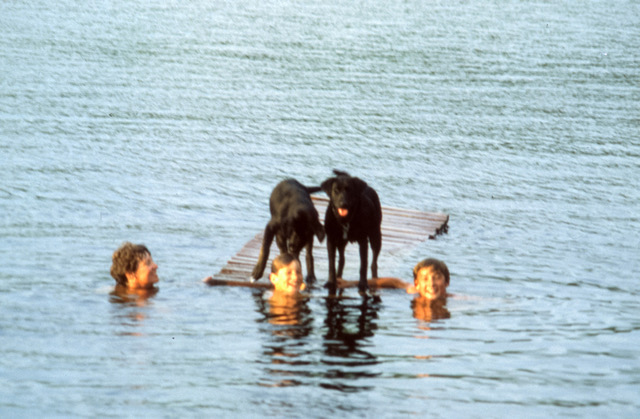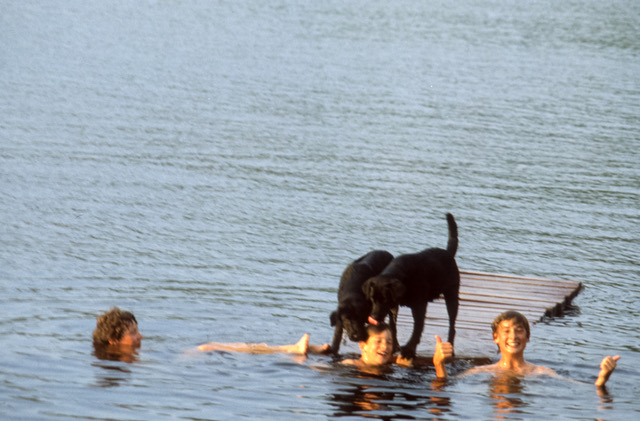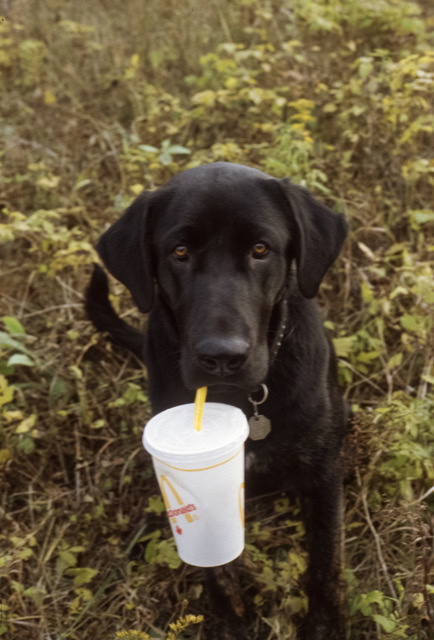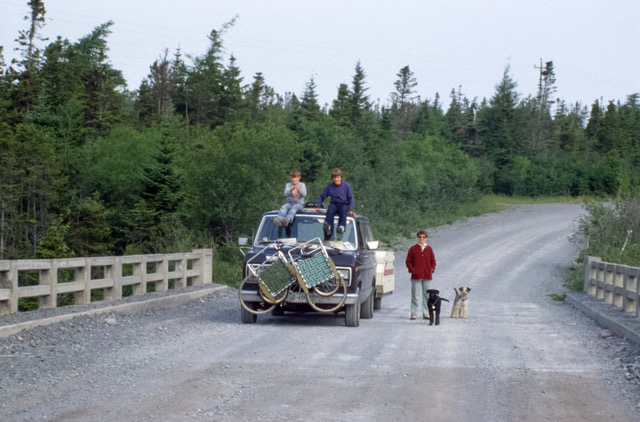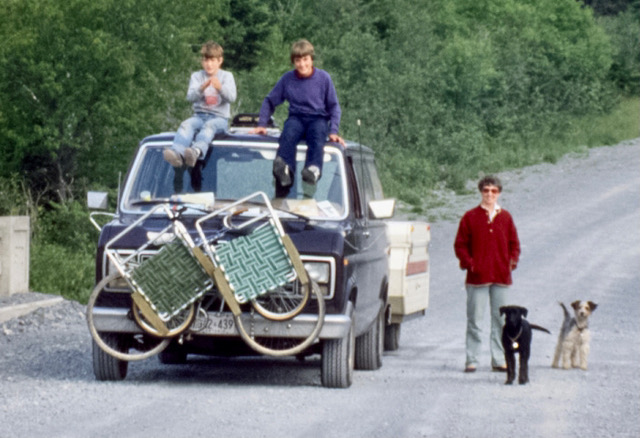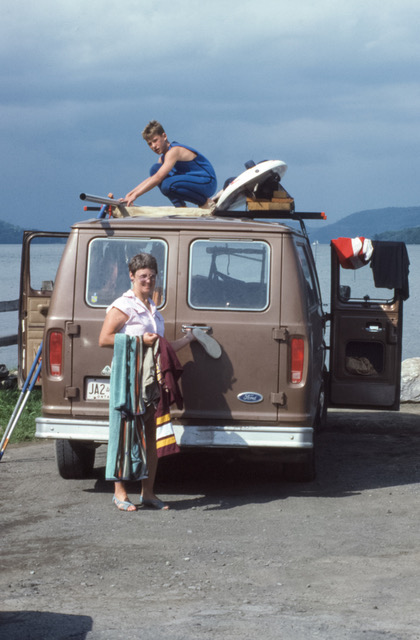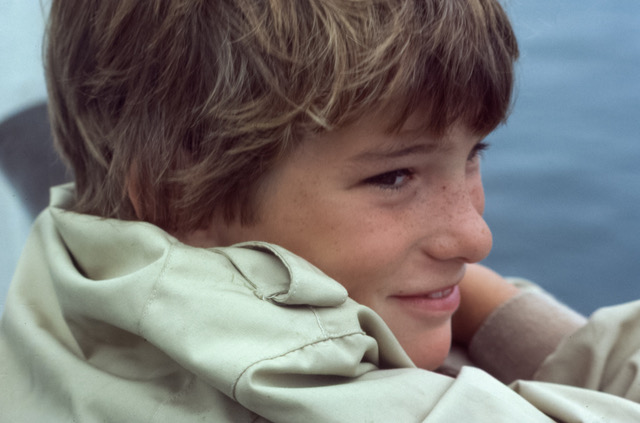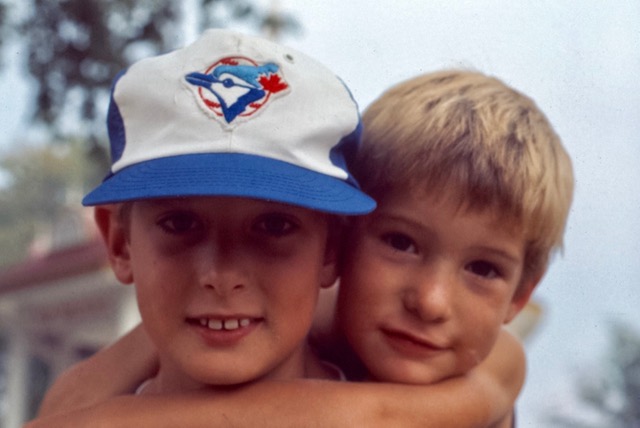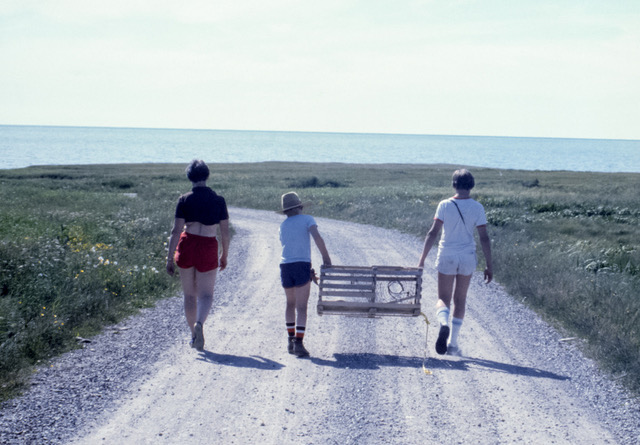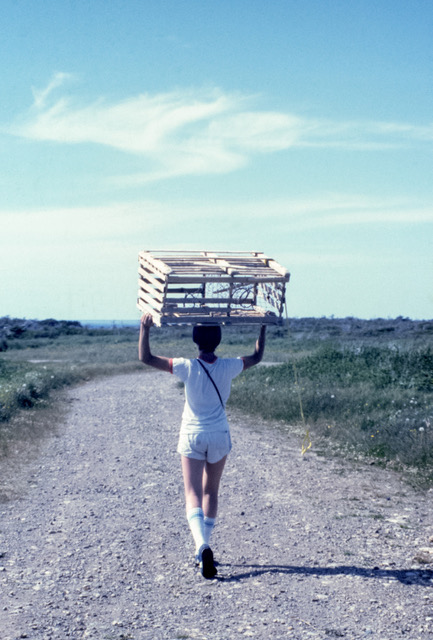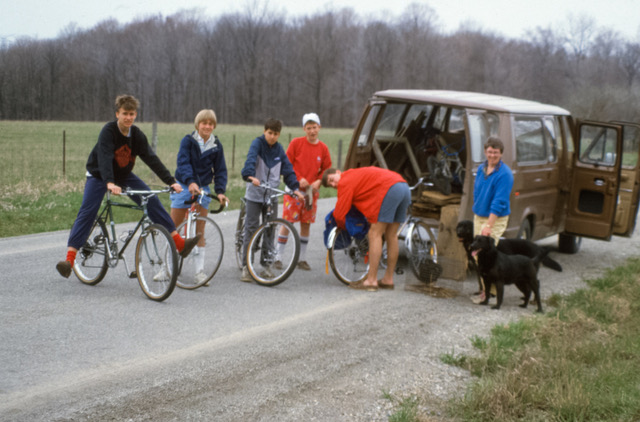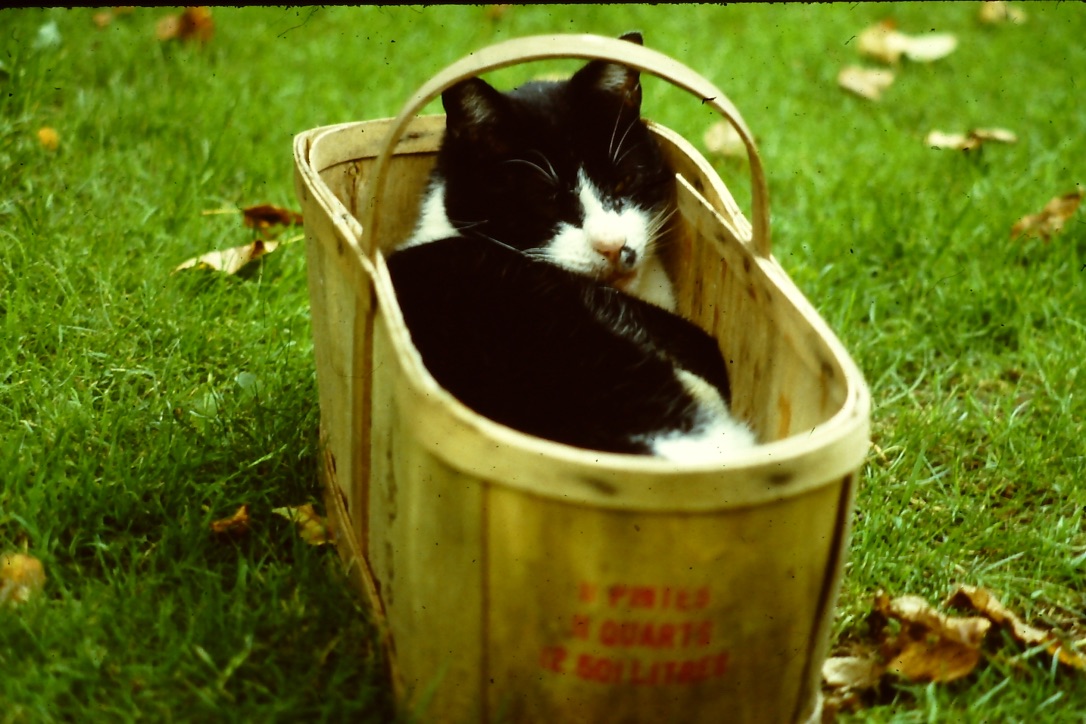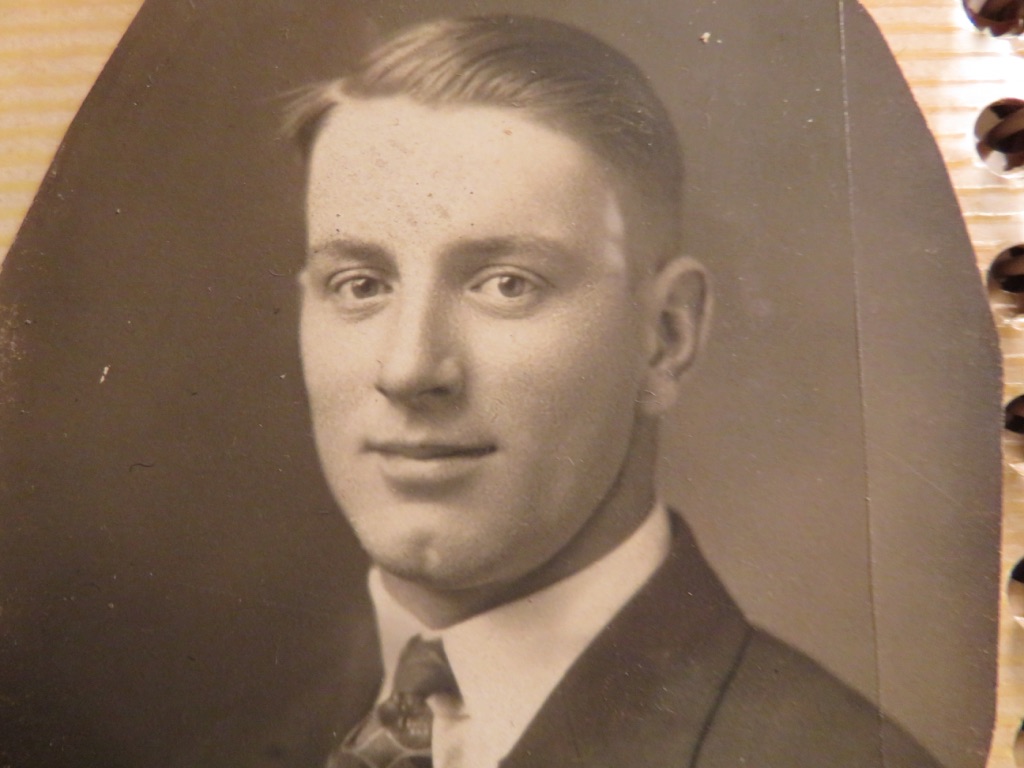



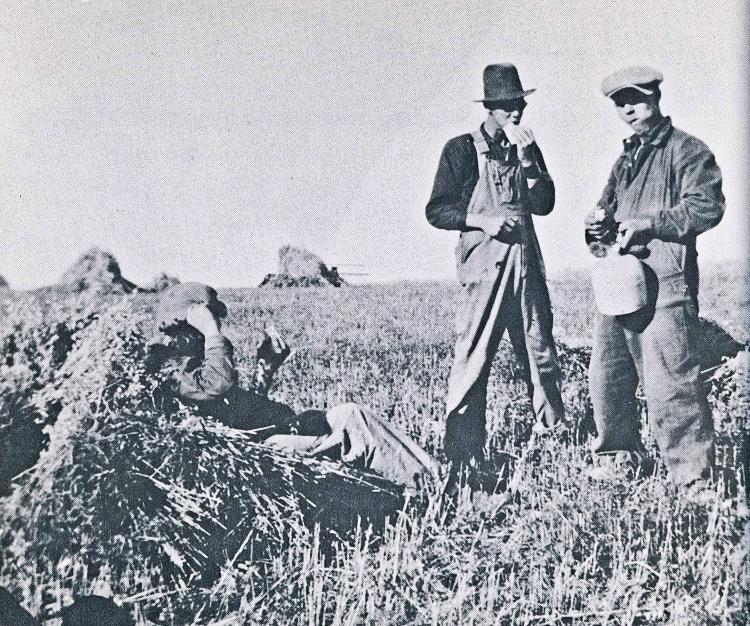
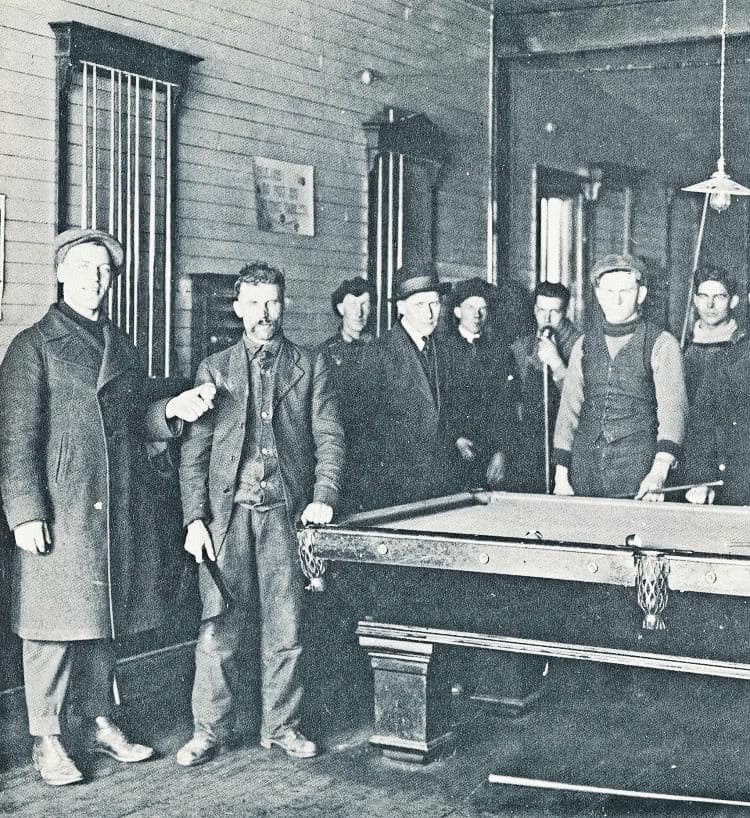

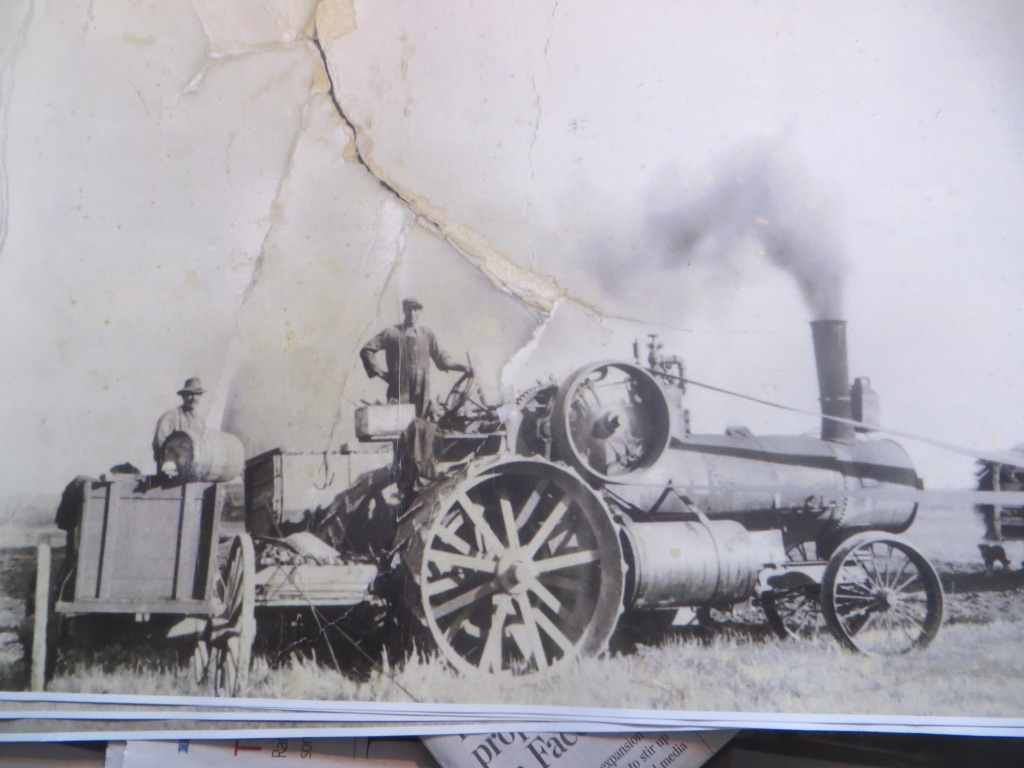
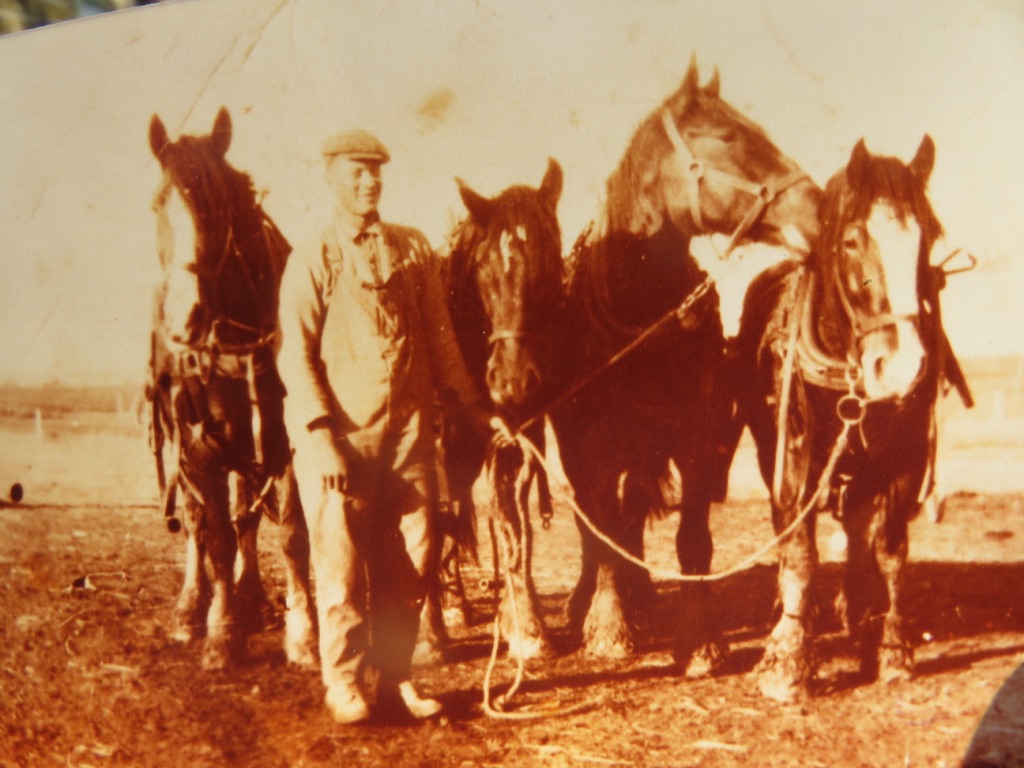

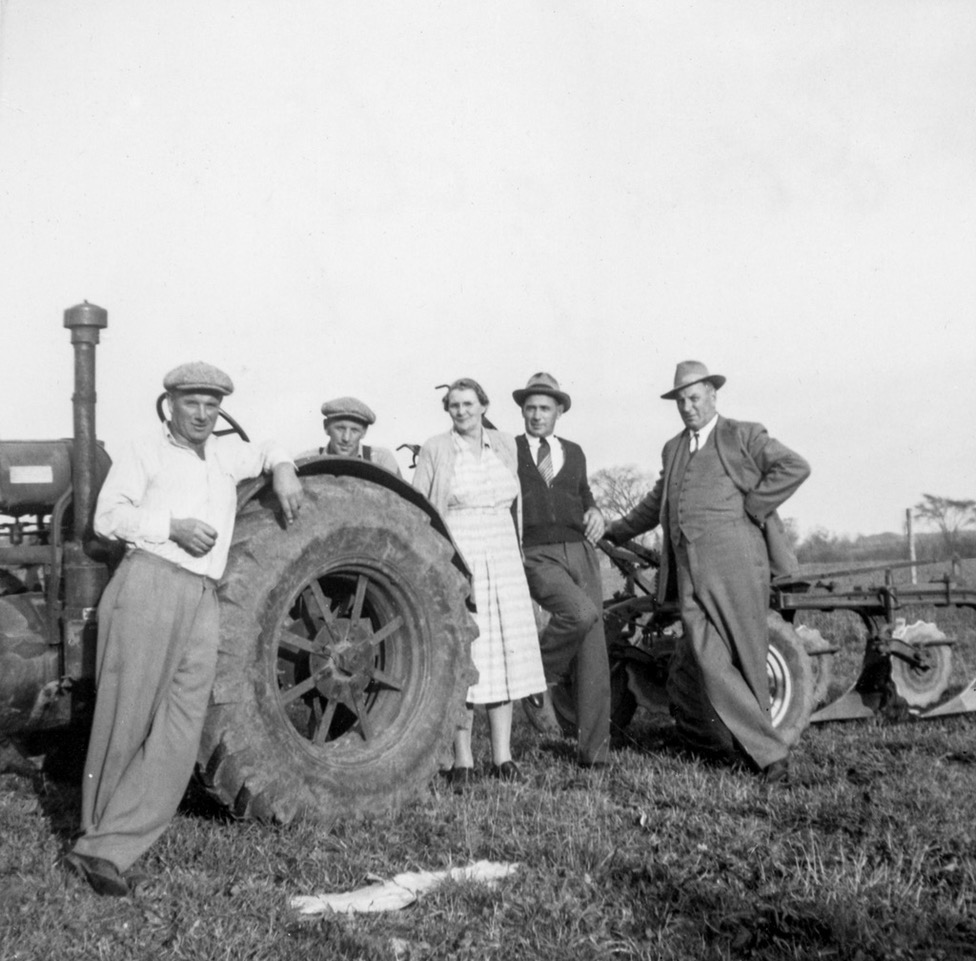
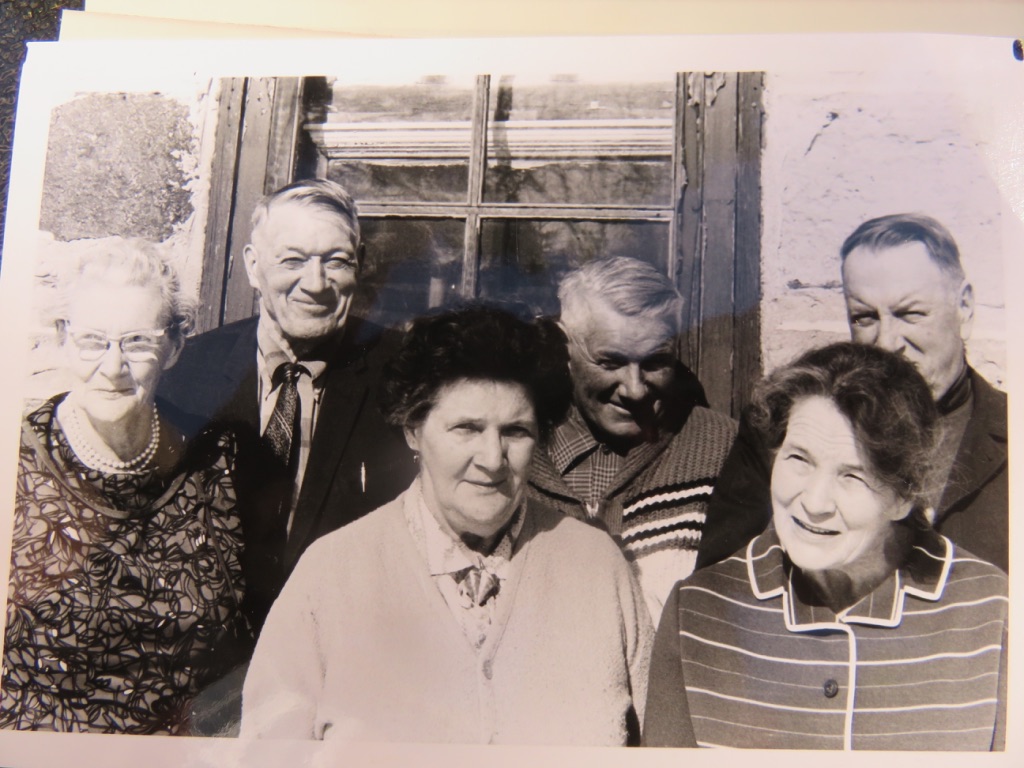




Alan's Oeuvre















Begin forwarded message:
From: ALAN SKEOCH <alan.skeoch@rogers.com>Subject: EPISODE 22 APRIL 20, 2020 ARNOLD RED SKEOCHDate: April 20, 2020 at 1:22:59 PM EDTTo: Alan Skeoch <alan.skeoch@rogers.com>
EPISODE 22alan skeochapril 22,2020BROKEN RIBS AND BROKEN DREAMSThis is an earlier picture of Dad about 1940…looked much thesame by 1945 though.The toboggan runs at High Park were a big attraction…sometimes ice coveredfor speed. Sleighs were not wise to be used on the formal runs so sleighsused the hills. I do not remember which run dad used. One thing sure,200 pound man on two steel runners could go at quite a velocity.ARNOLD RED SKEOCH: BROKEN RIBS AND BROKEN DREAMS“Red, take the boys out somewhere, they need the winter air.”“They’re fine in the park.”“Take them sleigh riding with that neW sleigh…they will love iT.”“Where?”“High Park…the big toboggan run down to Grenadier Pond.”“Long way.”“It is not…catch the College Street Car…goes right into High Park.”“Hmmmm1”We had been presented with a sleigh at Christmas…maybe new, maybe used.It was s beauty with steel runners and wooden hand hold that could steer it. Roomfor one person.So the three of us mounted the old De Witt street car then running on CollegeStreet. Big lumbering ancient things made of wood. They even once had woodor coal stoves mid way down to provide heat. And they rattled a lot when moving sothe ride itself was a great adventure for us.Eric and I jumped off at the High Park loop and dad carried the wonderful sleigh paintedred with varnished wood slashes. It sparkled. Dad may have even pulled the pairof us across the park to the western side where the great expanse of Grenadier pondsparkled in the sunshine.The long hill down to the pond was well peopled. Lots of sleighs and tobogganszooming down the long slope and out onto the ice covered pond. Dad said therewere a bunch of dead soldiers at the bottom of the pond with their cannons. Drownedin some war long ago when fleeing an American invasion. Could have been bullshit but we believed him. The story put icing on the cake. A little more danger.What if we fell through the ice?That never happened. As a matter of fact we never even got a chance to go down thehill on the sleigh.“ Stand side boys, I will test the sleigh on the first run.”“Aww…”“Just to be sure it works right.”(Now Dad was s big man…maybe 200 to 220 pounds of mostly muscle from building big tires)“Dad, don’t break the sleigh.”“Shut up, here I go.”(And Dad soon disappeared in the crowd of people sleighing. There was even a slight dusting ofsnow falling.)“Did you see him, Eric?”“At first…but not now.”“When will he get back?”“Soon.”“How soon.”“Cold up here…wish Dad would get back up the hill.”“Crowd down there.”“Where is Dad?”(We waited and waited. Two cold little boys in high cut boots and home made breeches … made by mom whomade all our winter clothing out of old coats. We waited. Waited. Dad never returned)“Maybe he’s down with that crowd watching something.”“Let’s walk down and see.”“Careful…sleighs coming.”“Dodge.”We found the crowd and weaselled our way to the front where we found Dad and the sleight. Dad waswrapped around a tree. Hurt. The sleigh was a shambles…twisted into a piece of scrap.Some men helped Dad to his feet. He could stand but was in pain. As we found out laterhe had broken his ribs…not all of them but some of them. He hobbled up the long hill.“What about the sleigh, Dad?”“Leave the son of a bitch there. It was no goddamned good.”“But Dad, it’s our sleigh.”“Did not steer … leave it.”“Our sleigh…our sleigh…our sleigh…”we may have whimpered.Then again we did know Dad was hurt. Not sure which pain was worst the smashed sleighor knowledge that dad was injured. I think it was the sleigh.Later, Dad got some doctor to bind him up. Great white bandagedaround his upper body. Did he stay home? Nope. I think he went towork that Monday as usual.“Mom, Dad smashed our sleigh…can we get another?”“Wait and see.”(I don’t think we ever did get another sleigh until our teen age years.But that long hill down to Grenadier Pond is graven deep in my consciousness.I suppose things could have been worse had Dad gone through the ice tojoin the British Grenadiers.alan skeochApril 20, 2020Postscript. Long years later, after Dad was gone, I was doing weekly radio storiesevery Friday for CBC radio noon with Christopher Thomas.“Let’s do a story about the Grenadier legend, Alan.”“Great, we can get the boys to dive down deep, maybe find the nose of an old cannon or wheel.”“What boys?”“Kevin and Andy…one has a snorkel and the other a diving tank.”“Need permission and a boat.”“No problem…just do not overdo the diving angle.:”This turned out to be a bad idea in one way but a good radio story. Kevin and Andy loved it.Christopher Thomas got all the CBC recording gear in the boat and away we paddled.It was a Beautiful sunny morning. Not many people around. Easy to imagine whatmight found beneath the mirky waters. The boys dove.Kevin surfaced first because he only had a snorkel. Andy did not surfacefor a while. Then he appeared with both arms as black as a length of stove pipe.“Nothing down there Dad.”“How do you know?”“Mud and crap down there….I shoved my hands deep as I could…nothing.”“Story may not be true…we will never know”My mind was spinning. This had not been a good idea. Danger lurked down there.I did not ask Andy to dig through the mud. Should have told him not to do it.We paddled to shore. In the end we got a good story.As I looked back up the Grenadier Hill I tried figure which tree did had hit longago.alan skeochapril 20, 2020
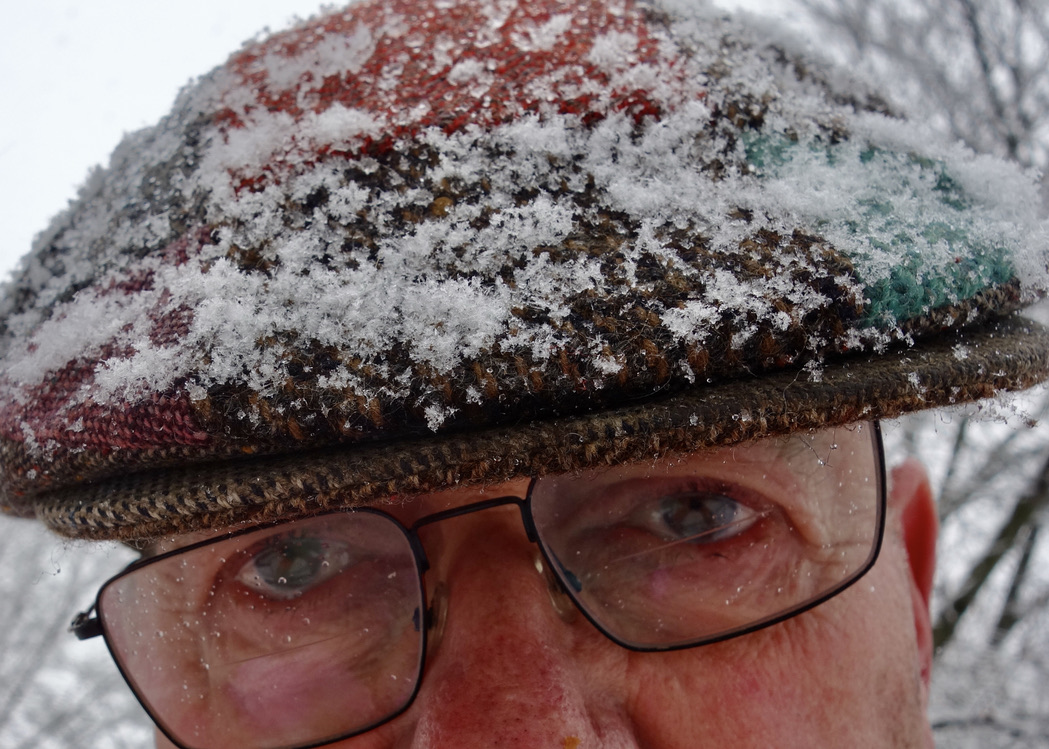

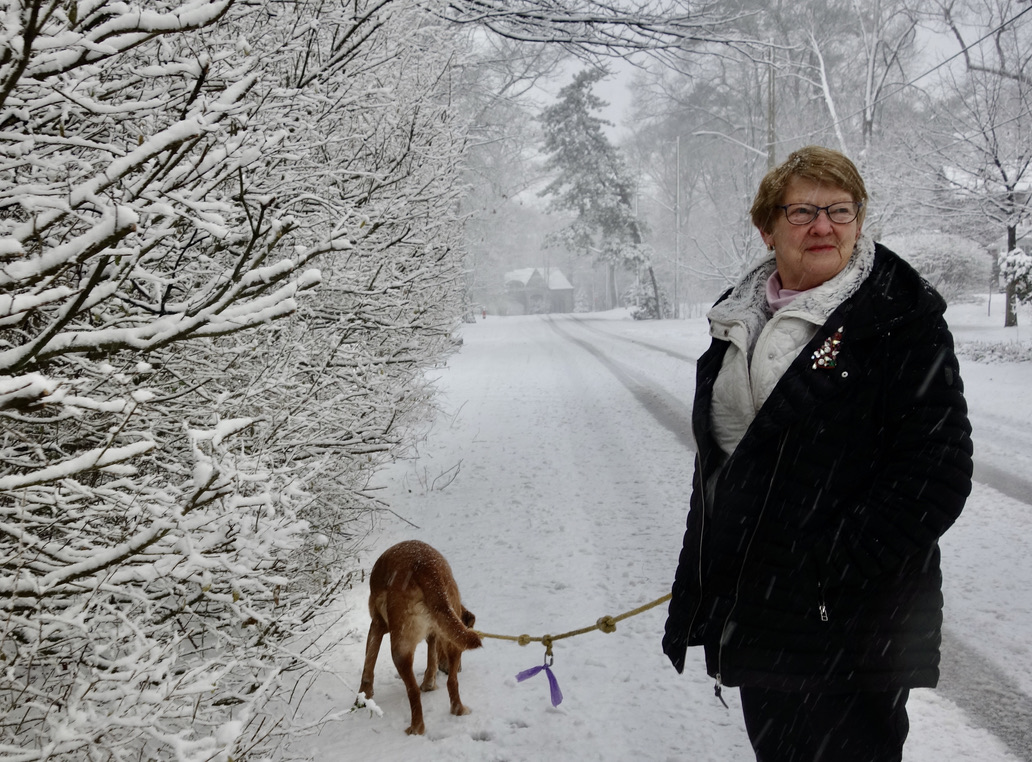
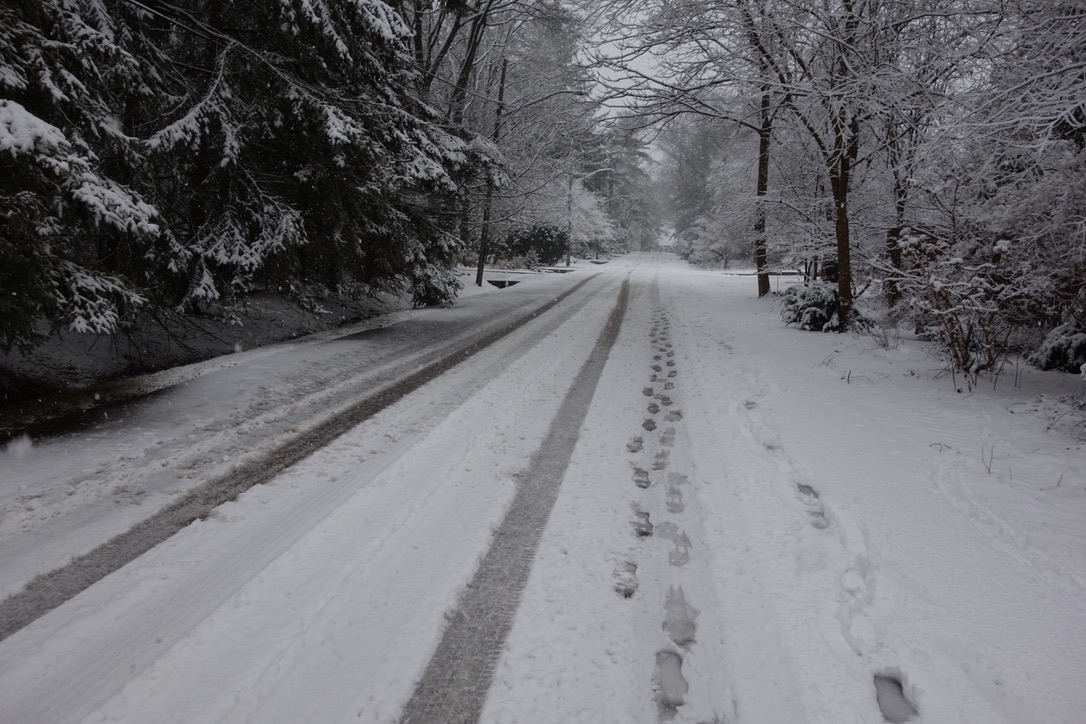
Viruses are microscopic parasites, generally much smaller than bacteria. They lack the capacity to thrive and reproduce outside of a host body.
Predominantly, viruses have a reputation for being the cause of contagion. Widespread events of disease and death have no doubt bolstered such a reputation. The 2014 outbreak of Ebola in West Africa, and the 2009 H1N1/swine flu pandemic (a widespread global outbreak) likely come to mind.
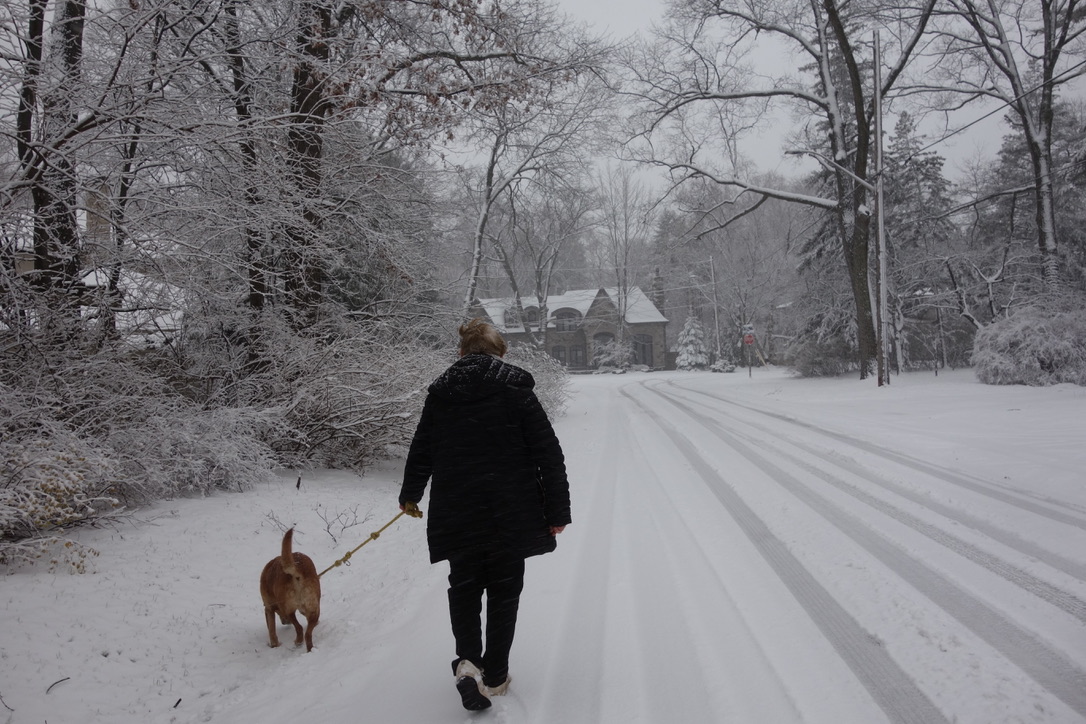
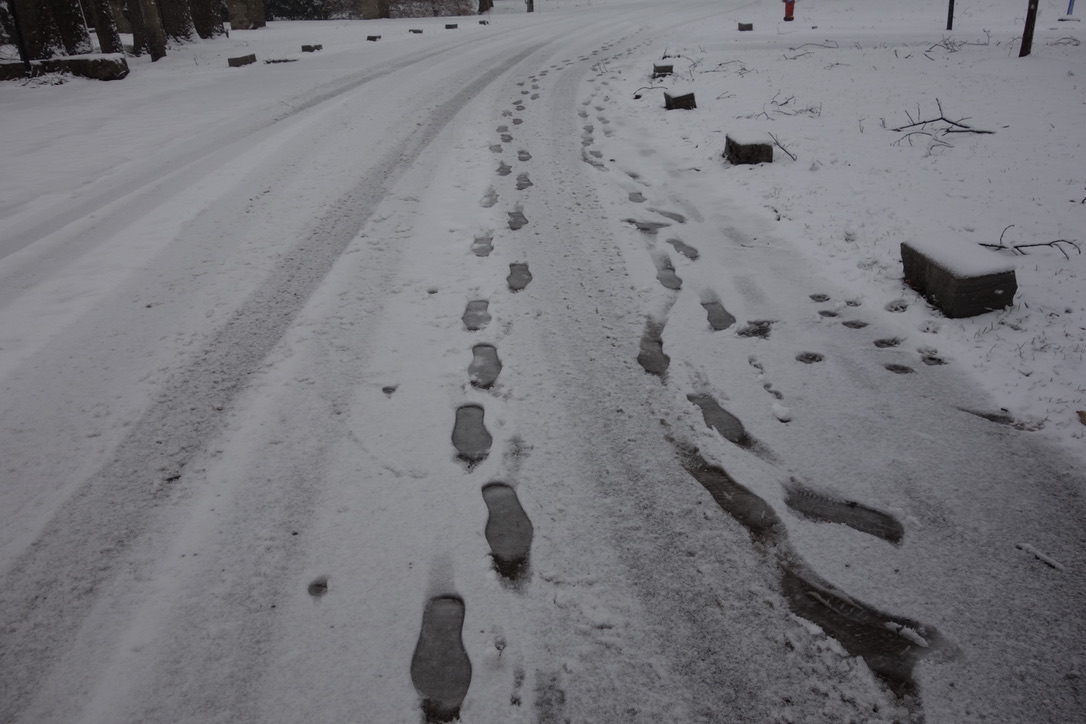
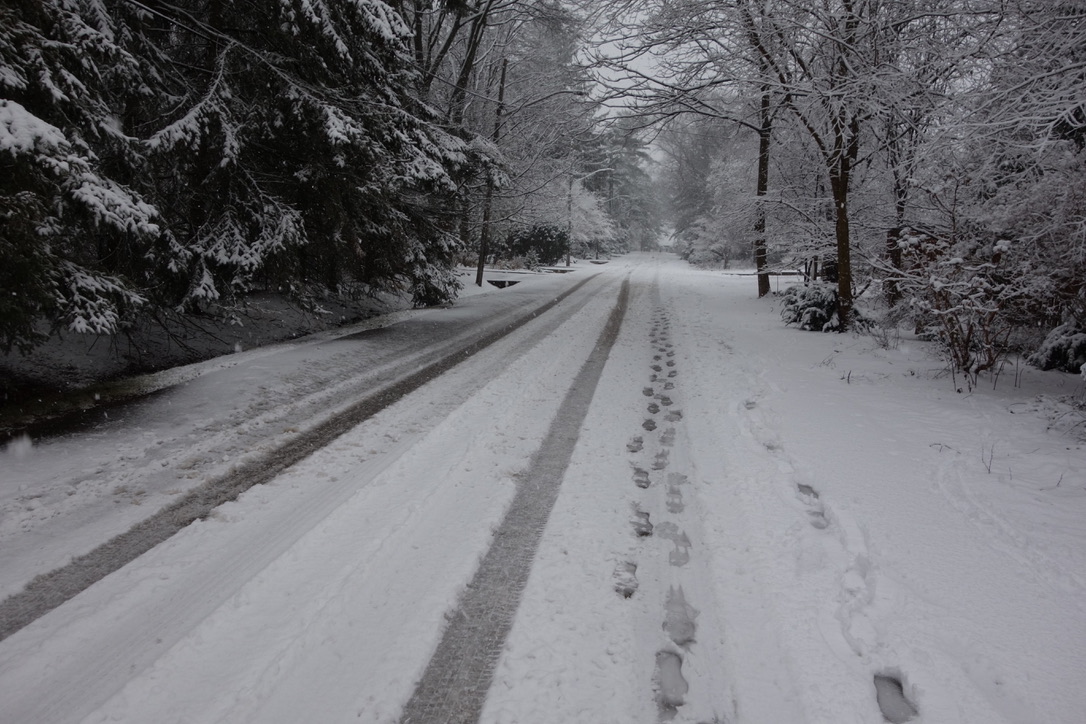
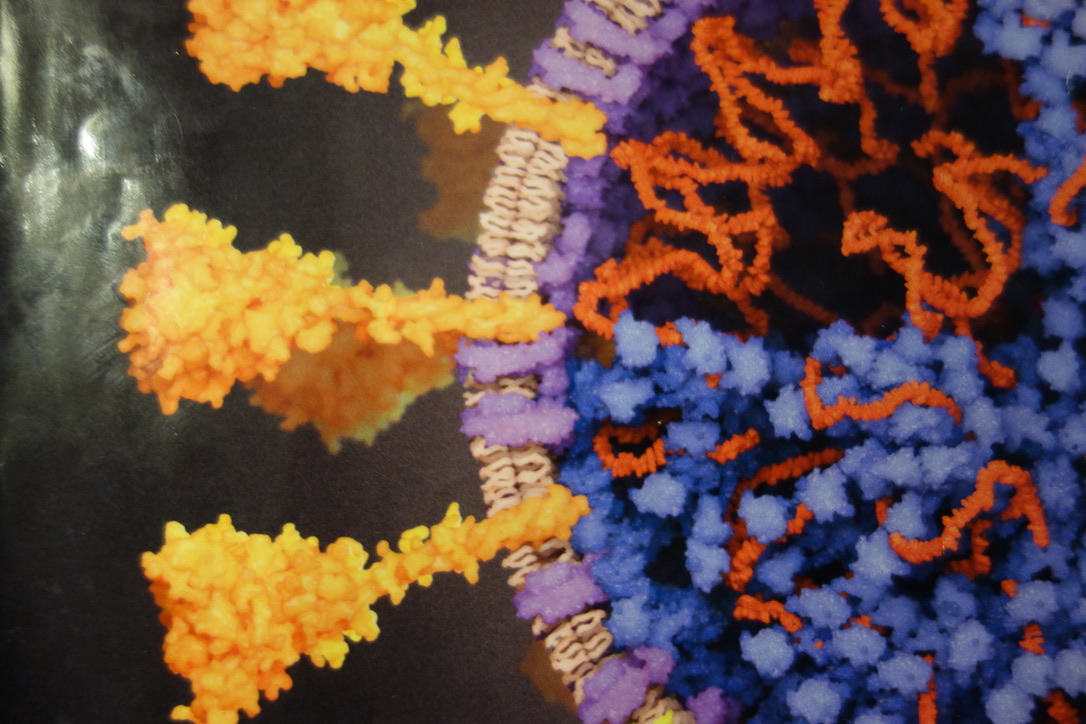

When I was asked to calculate the total volume of Sars-CoV-2 in the world for the BBC Radio 4 show More or Less, I will admit I had no idea what the answer would be. My wife suggested it would be the size of an Olympic swimming pool. “Either that or a teaspoon,” she said. “It’s usually one or the other with these sorts of questions.”
So how to set about calculating an approximation of what the total volume really is?
Fortunately, I have some form with these sorts of large-scale back-of-the-envelope estimations, having carried out a number of them for my book The Maths of Life and Death. Before we embark on this particular numerical journey, though, I should be clear that this is an approximation based on the most reasonable assumptions, but I will happily admit there may be places where it can be improved.
You might also be interested in:
So where to start? We’d better first calculate how many Sars-CoV-2 particles there are in the world. To do that, we’ll need to know how many people are infected. (We’ll assume humans rather than animals are the most significant reservoir for the virus.)
The amount of virus that each of the people currently infected will carry around with them (their viral load) depends on how long ago they were infected. On average, viral loads are thought to rise and peak about six days after infection, after which they steadily decline.
Of all the people who are infected now, those who got infected yesterday will contribute a little to the total count. Those who were infected a couple of days ago will contribute a little more. Those infected three days ago a little more still. On average, people infected six days ago will have the highest viral load. This contribution will then decline for people who were infected seven or eight or nine days ago, and so on.
The final thing we need to know is the number of virus particles people harbour at any point during their infection. Since we know roughly how viral load changes over time, it’s enough to have an estimate of the peak viral load. An unpublished study took data on the number of virus particles per gram of a range of different tissues in infected monkeys and scaled up the size of tissue to be representative of humans. Their rough estimates for peak viral loads range from one billion to 100 billion virus particles.
Let’s work with a value in the middle of this range (the geometric mean) at 10 billion. When you add up all the contributions to the viral load of each of the 3 million people who became infected on each of the previous days (assuming this 3 million rate is roughly constant) then we find that there are roughly 200 quadrillion (2×10¹⁷ or two hundred million billion) virus particles in the world at any one time.

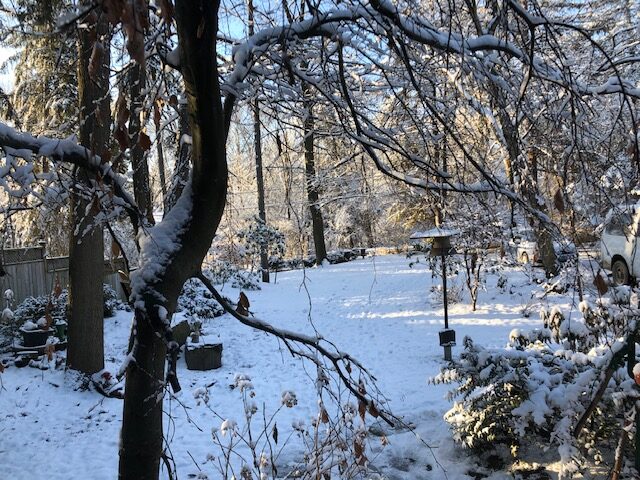
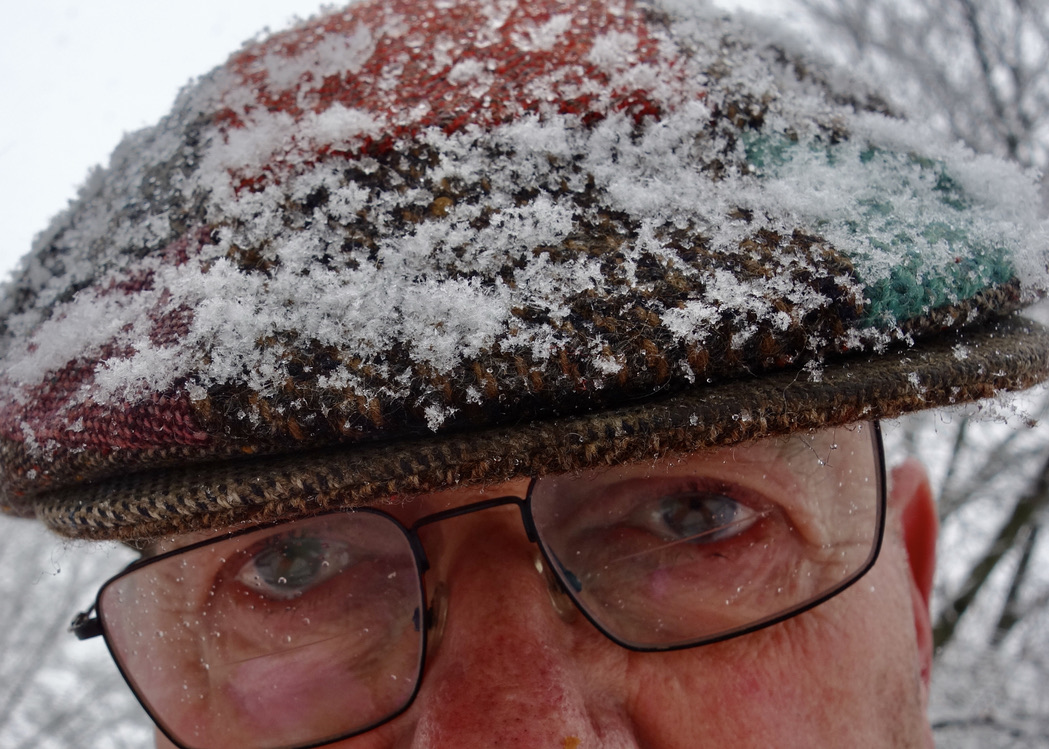
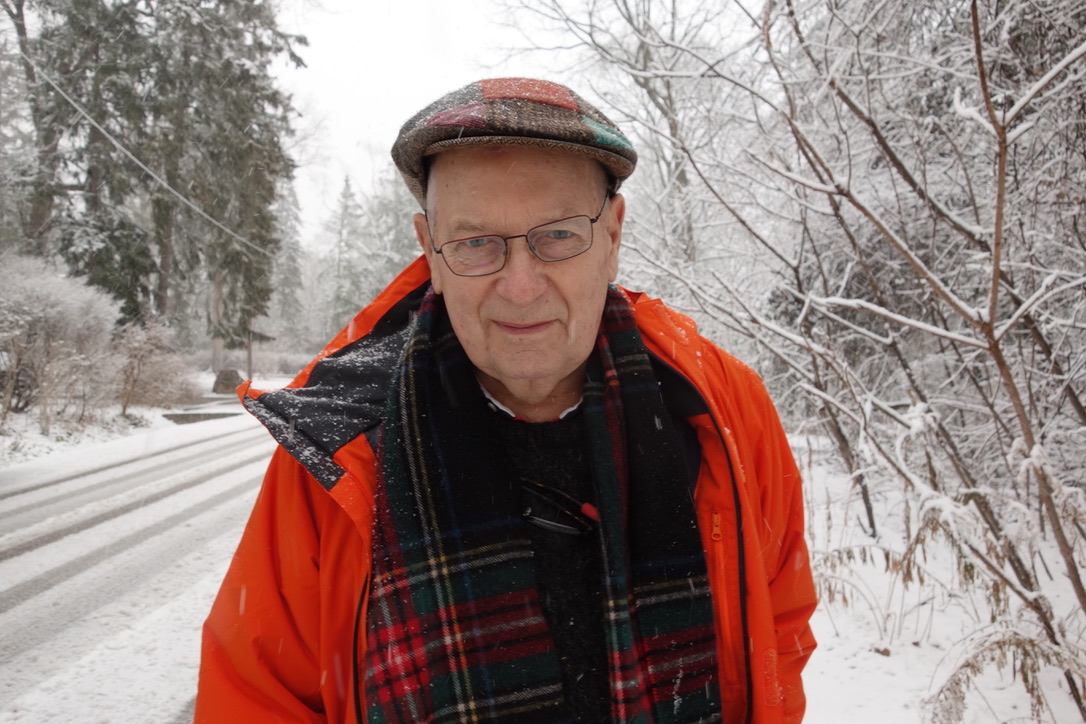

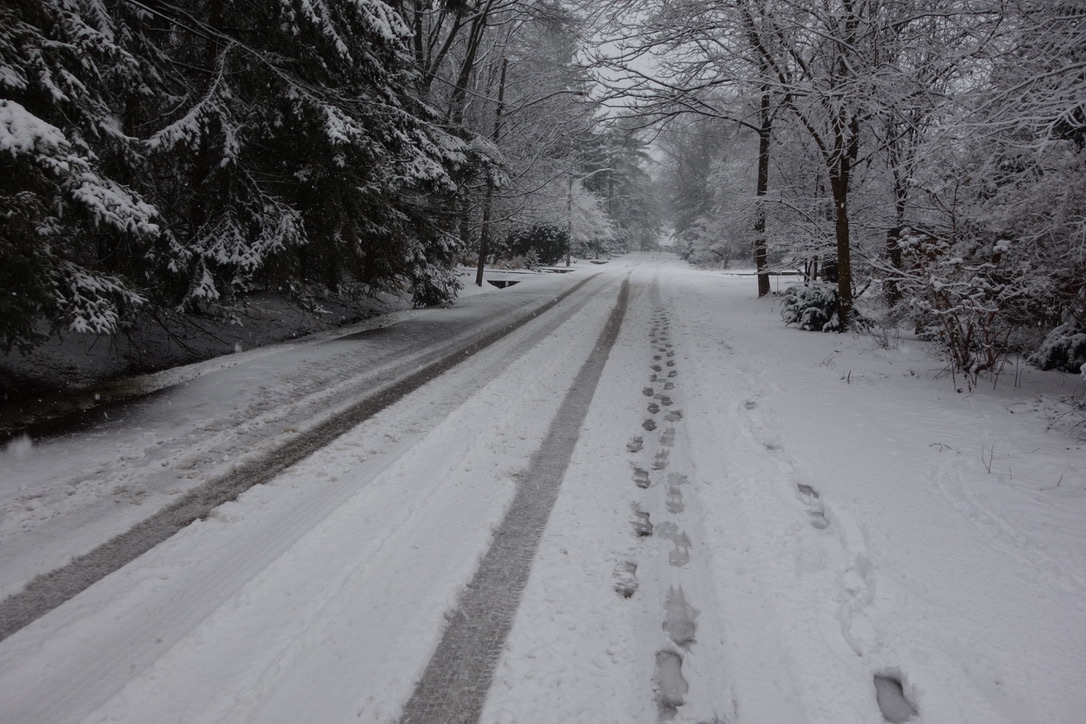
Viruses are microscopic parasites, generally much smaller than bacteria. They lack the capacity to thrive and reproduce outside of a host body.
Predominantly, viruses have a reputation for being the cause of contagion. Widespread events of disease and death have no doubt bolstered such a reputation. The 2014 outbreak of Ebola in West Africa, and the 2009 H1N1/swine flu pandemic (a widespread global outbreak) likely come to mind.

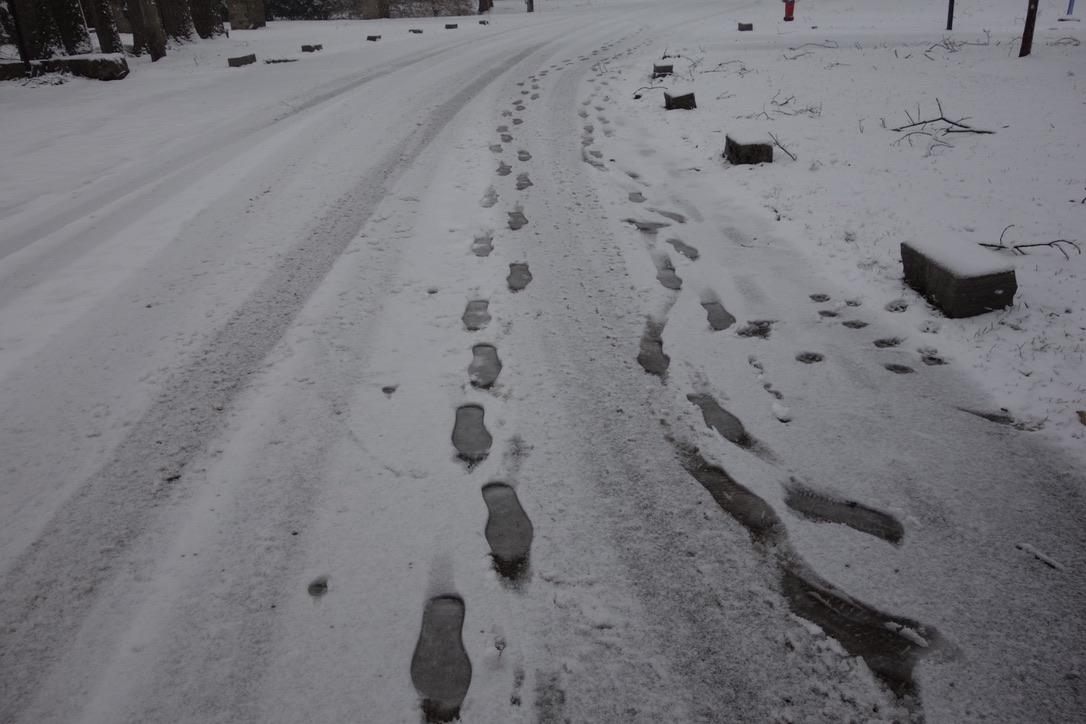
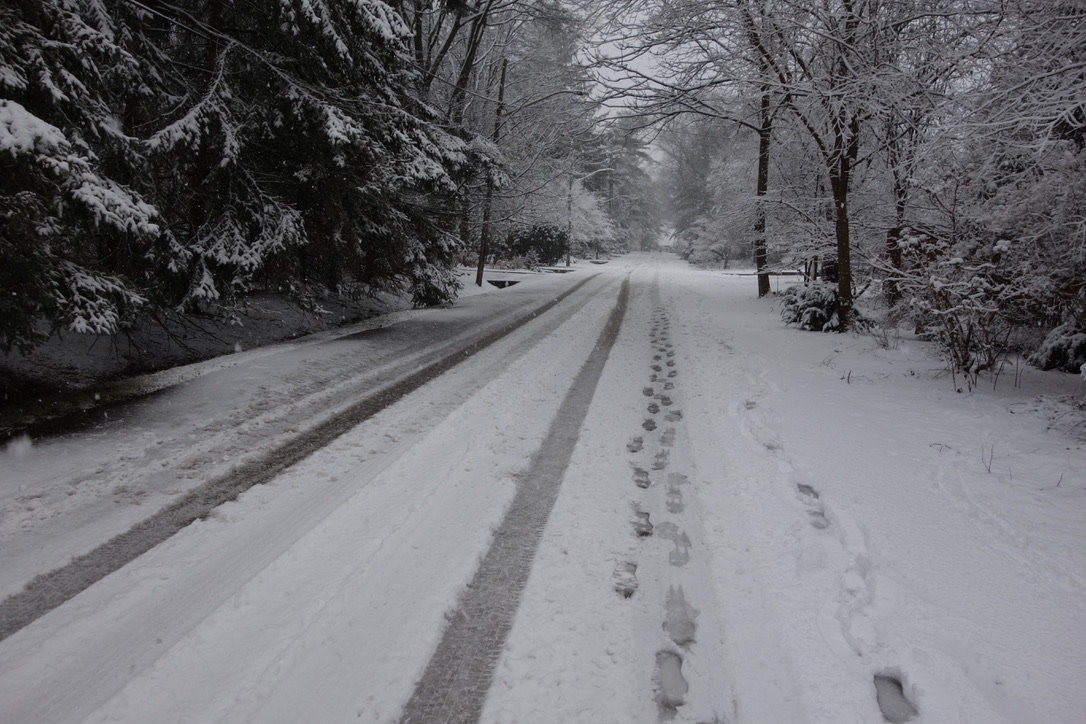
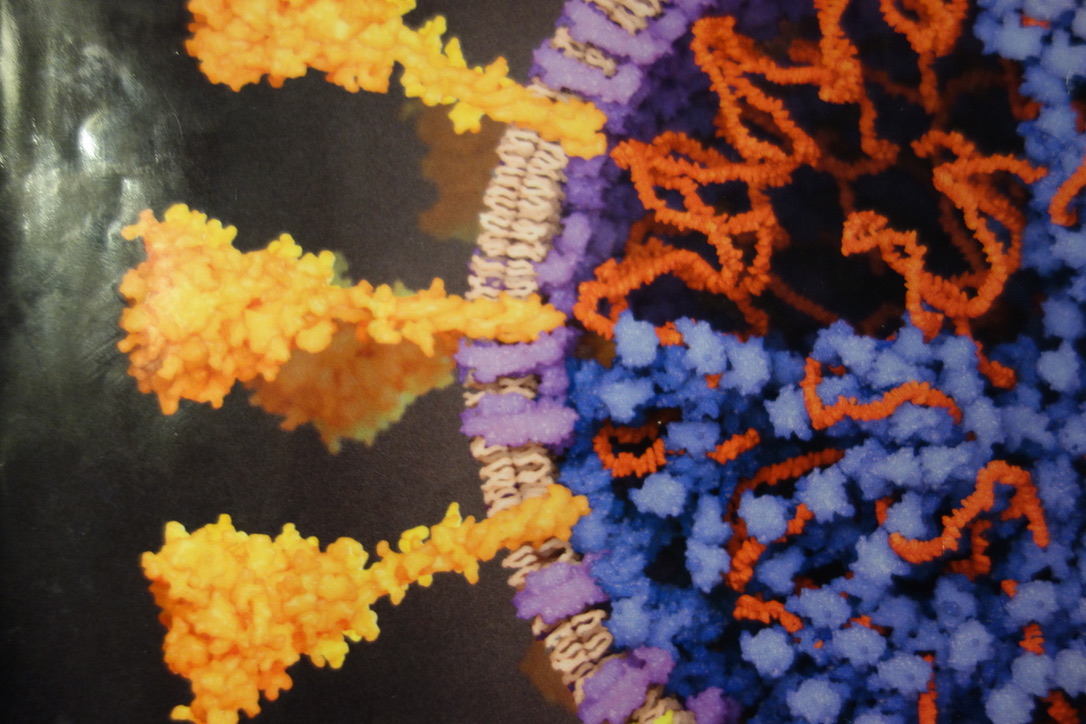

When I was asked to calculate the total volume of Sars-CoV-2 in the world for the BBC Radio 4 show More or Less, I will admit I had no idea what the answer would be. My wife suggested it would be the size of an Olympic swimming pool. “Either that or a teaspoon,” she said. “It’s usually one or the other with these sorts of questions.”
So how to set about calculating an approximation of what the total volume really is?
Fortunately, I have some form with these sorts of large-scale back-of-the-envelope estimations, having carried out a number of them for my book The Maths of Life and Death. Before we embark on this particular numerical journey, though, I should be clear that this is an approximation based on the most reasonable assumptions, but I will happily admit there may be places where it can be improved.
You might also be interested in:
So where to start? We’d better first calculate how many Sars-CoV-2 particles there are in the world. To do that, we’ll need to know how many people are infected. (We’ll assume humans rather than animals are the most significant reservoir for the virus.)
The amount of virus that each of the people currently infected will carry around with them (their viral load) depends on how long ago they were infected. On average, viral loads are thought to rise and peak about six days after infection, after which they steadily decline.
Of all the people who are infected now, those who got infected yesterday will contribute a little to the total count. Those who were infected a couple of days ago will contribute a little more. Those infected three days ago a little more still. On average, people infected six days ago will have the highest viral load. This contribution will then decline for people who were infected seven or eight or nine days ago, and so on.
The final thing we need to know is the number of virus particles people harbour at any point during their infection. Since we know roughly how viral load changes over time, it’s enough to have an estimate of the peak viral load. An unpublished study took data on the number of virus particles per gram of a range of different tissues in infected monkeys and scaled up the size of tissue to be representative of humans. Their rough estimates for peak viral loads range from one billion to 100 billion virus particles.
Let’s work with a value in the middle of this range (the geometric mean) at 10 billion. When you add up all the contributions to the viral load of each of the 3 million people who became infected on each of the previous days (assuming this 3 million rate is roughly constant) then we find that there are roughly 200 quadrillion (2×10¹⁷ or two hundred million billion) virus particles in the world at any one time.





WE’LL MEET AGAIN!
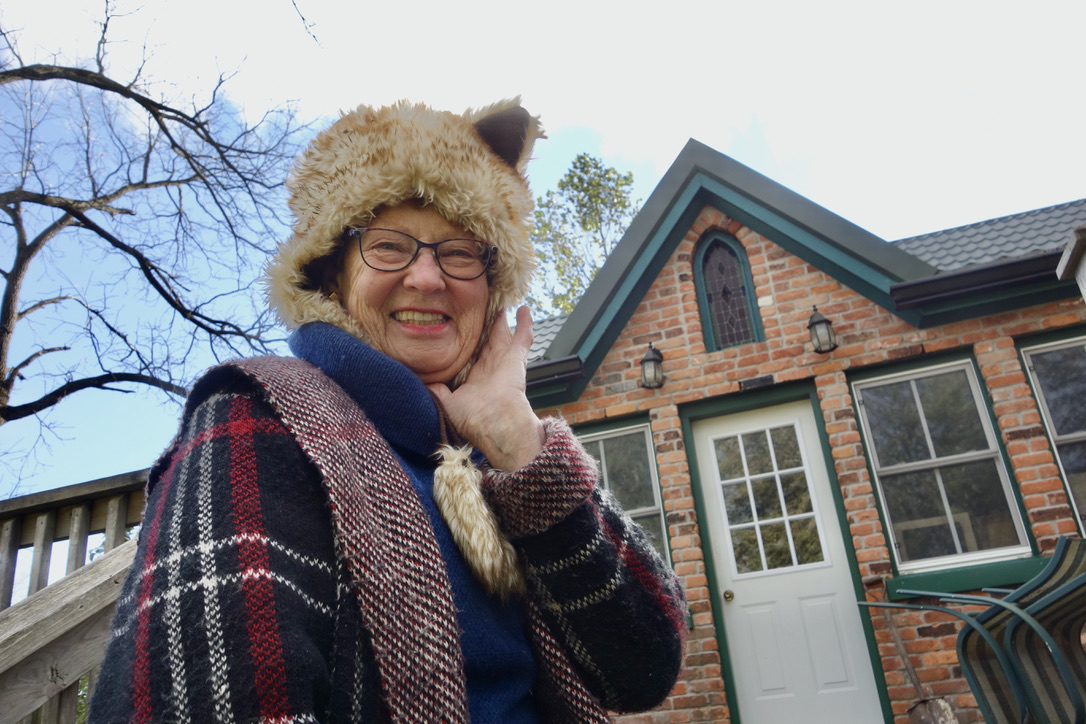
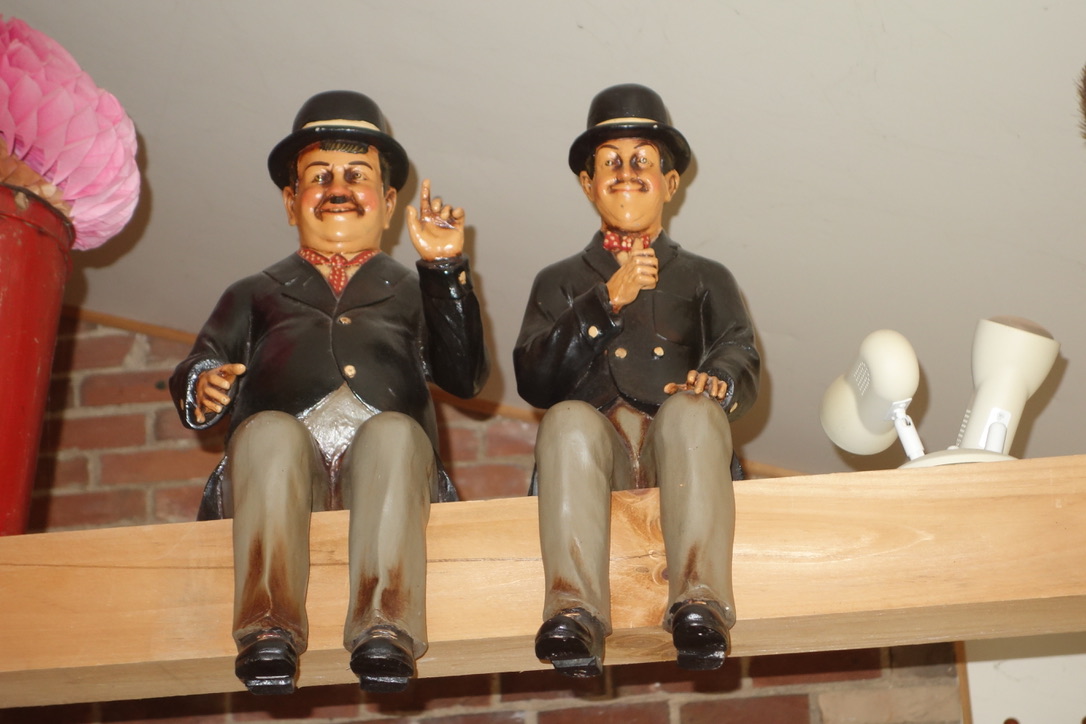
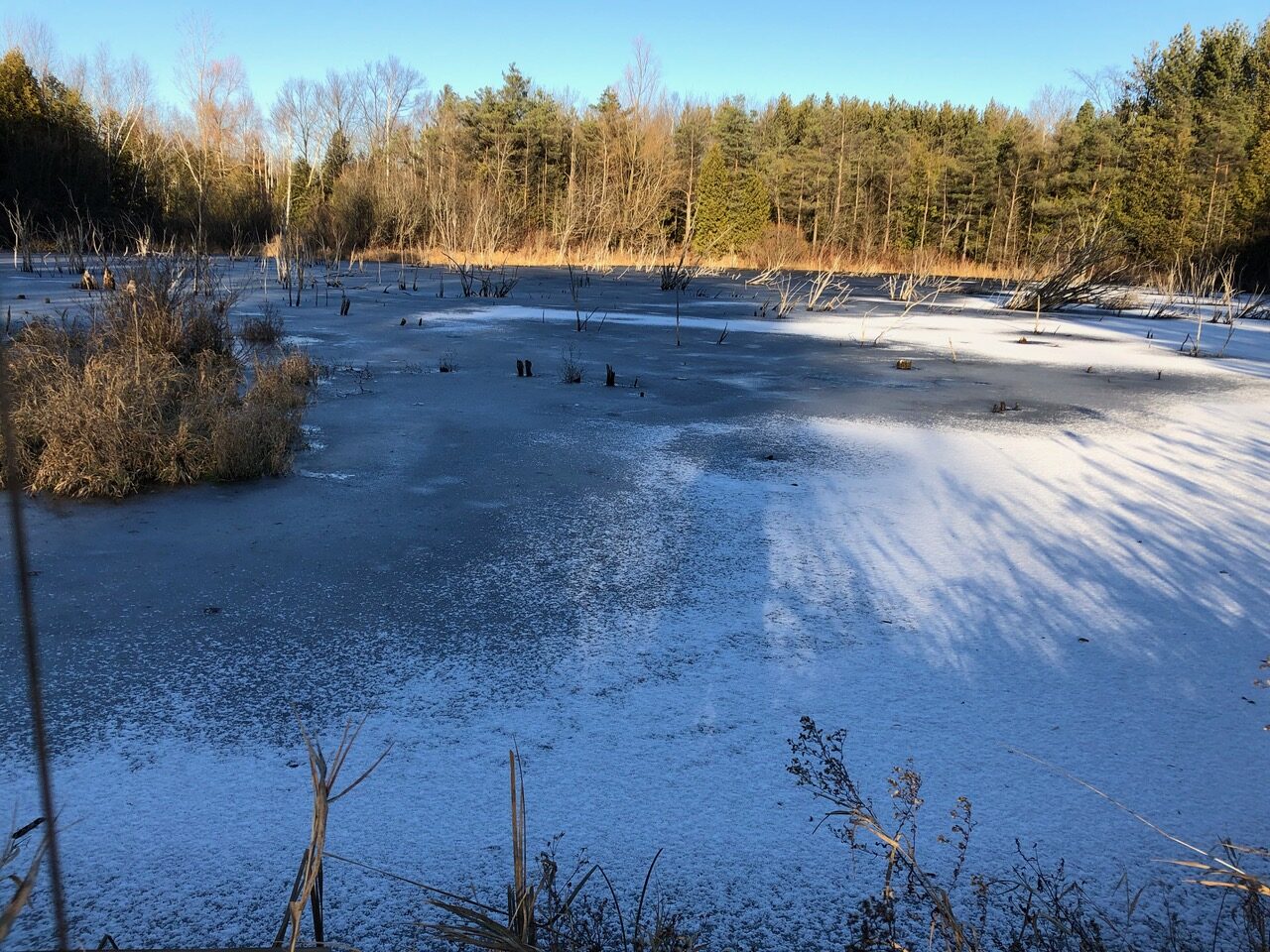
Begin forwarded message:
From: ALAN SKEOCH <alan.skeoch@rogers.com>Subject: Pond storyDate: December 15, 2021 at 6:43:09 PM ESTTo: Alan Skeoch <alan.skeoch@rogers.com>
This is Woody. His half sister, Failla, keeps an eye on him.


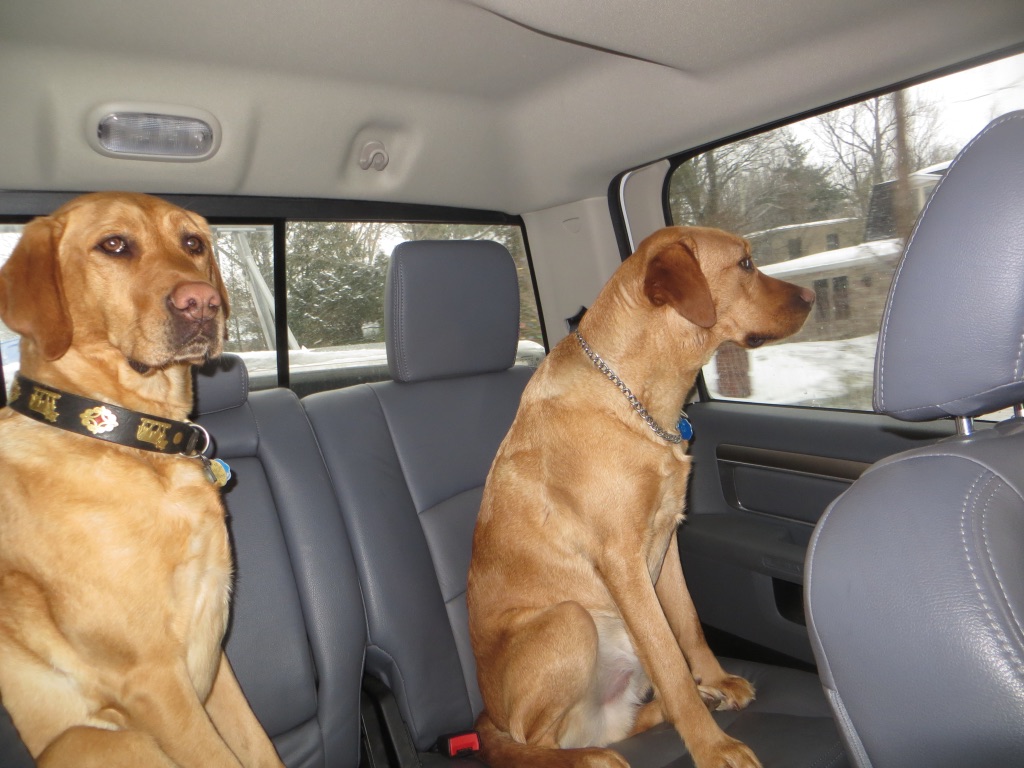
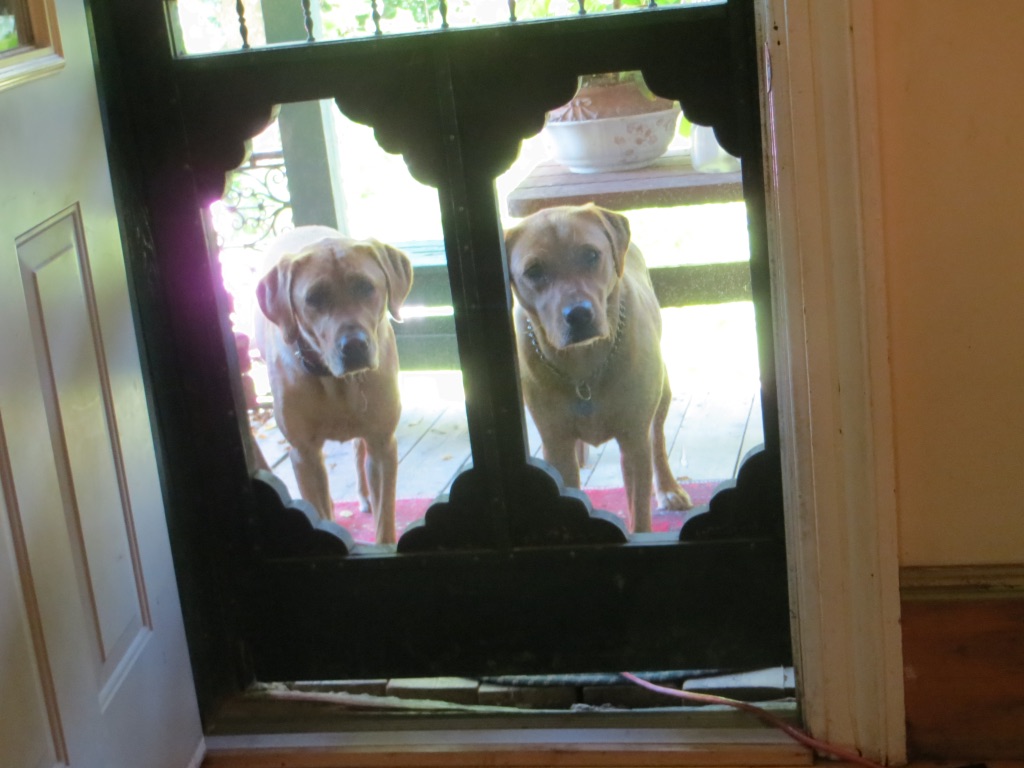
Sent from my iPhone




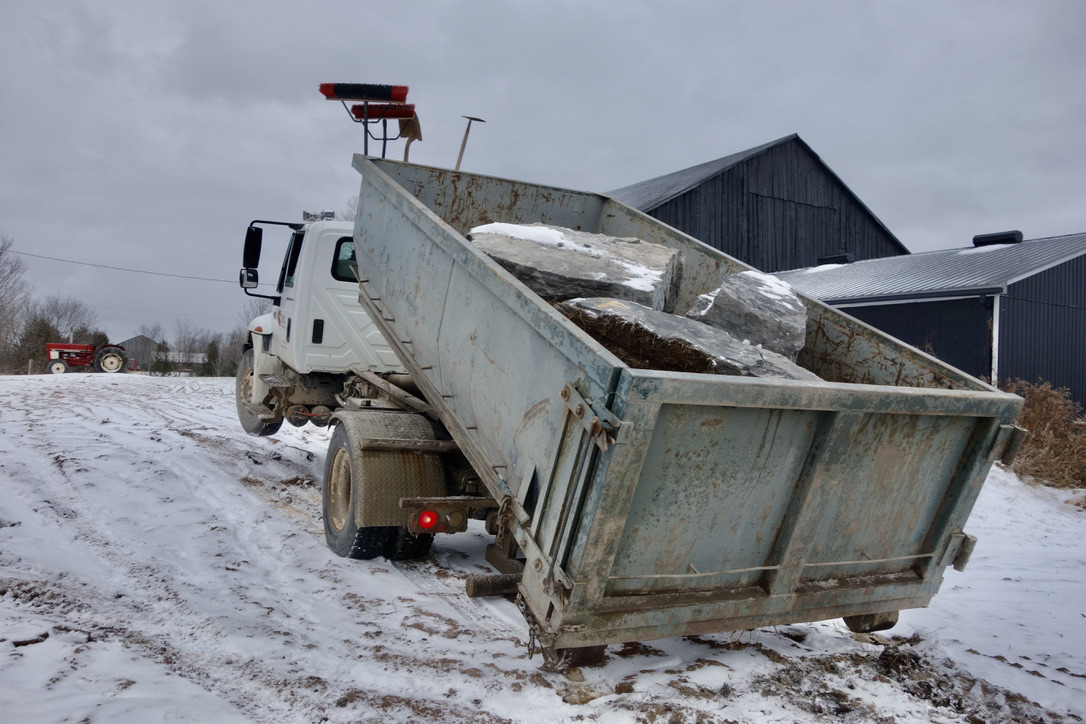
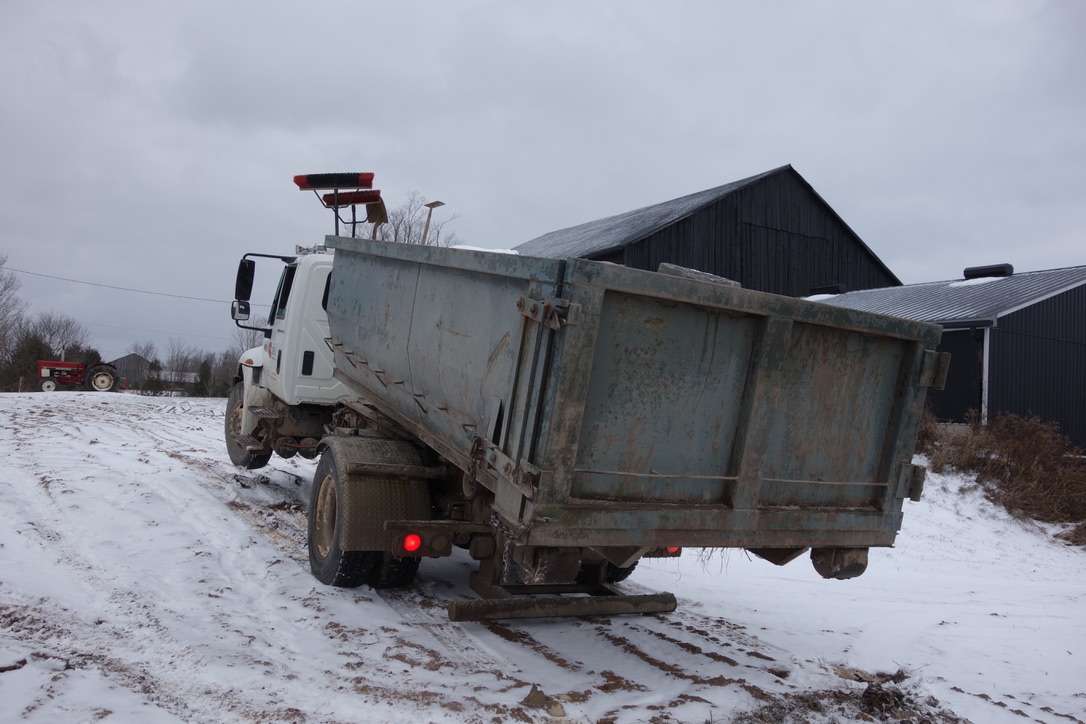
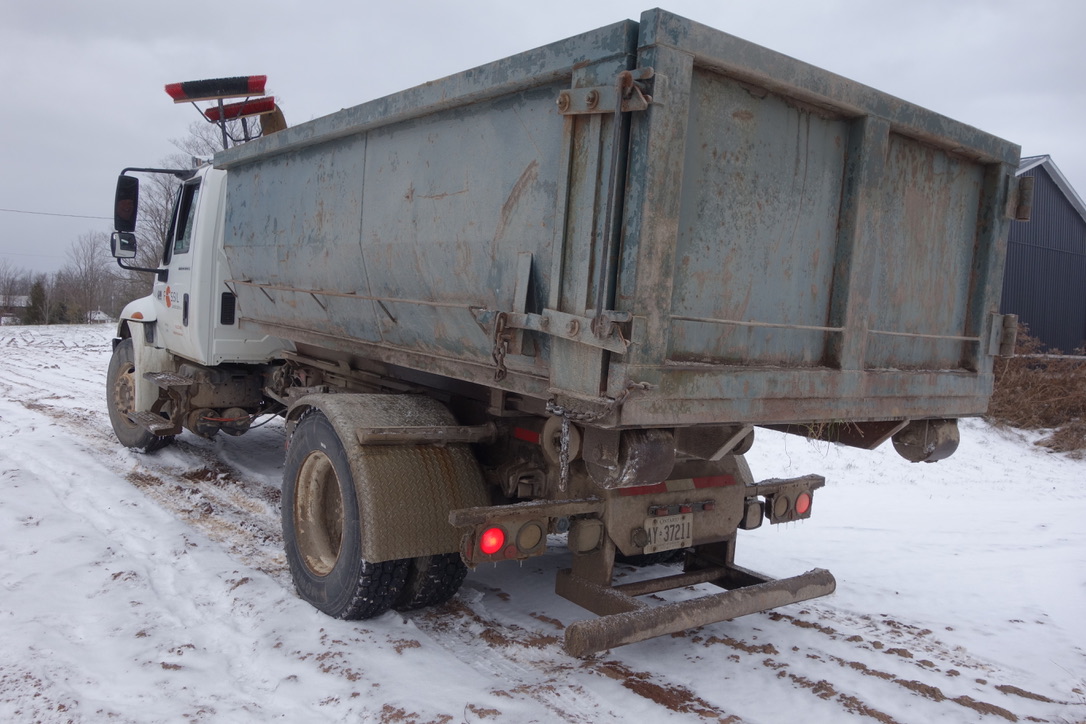
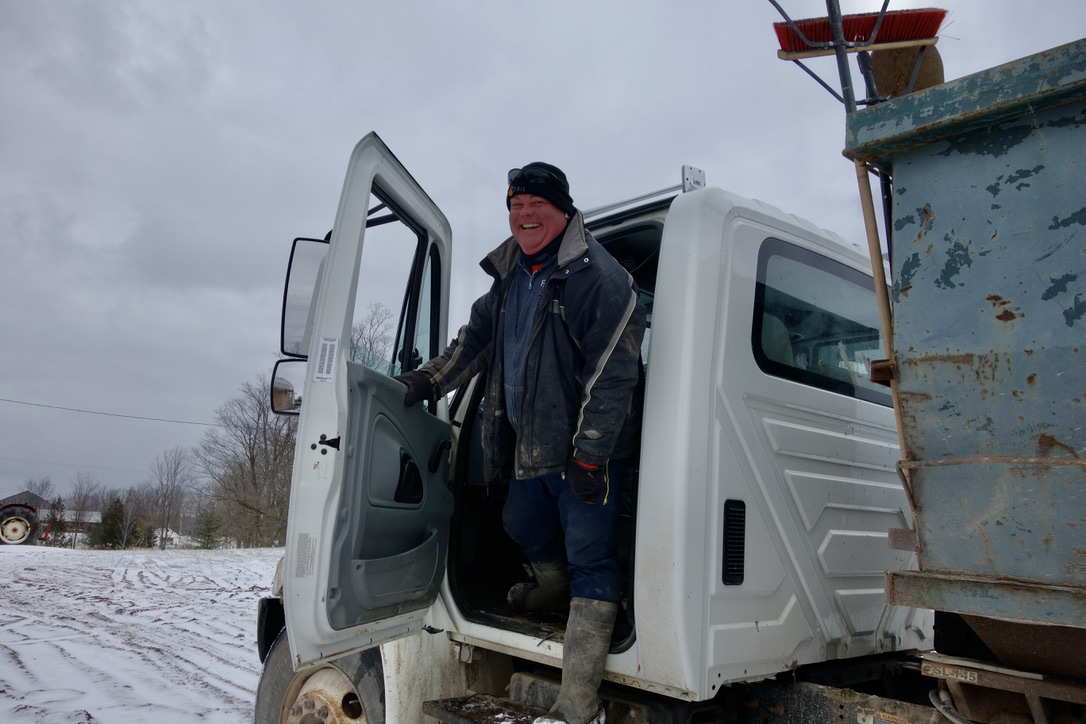
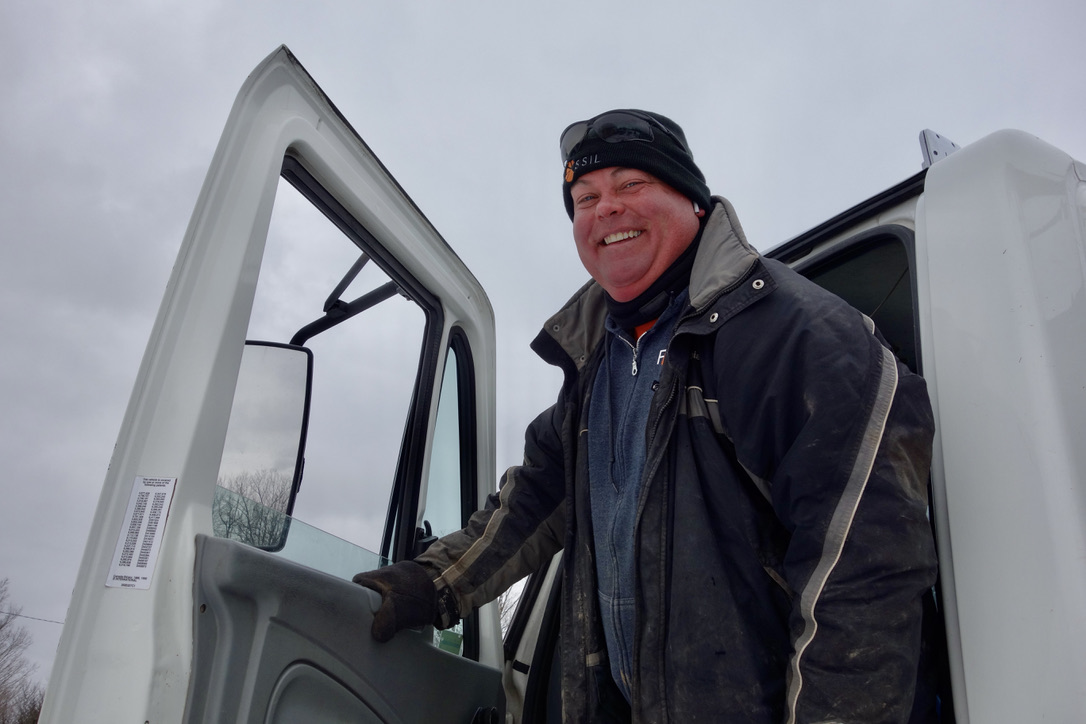
Begin forwarded message:
From: ALAN SKEOCH <alan.skeoch@rogers.com>Subject: Fwd: EPISODE 486 BRUNCH AT THE KING EDWARD HOTEL WITH THREE PIGEONSDate: December 5, 2021 at 4:18:35 PM ESTTo: Alan Skeoch <alan.skeoch@rogers.com>
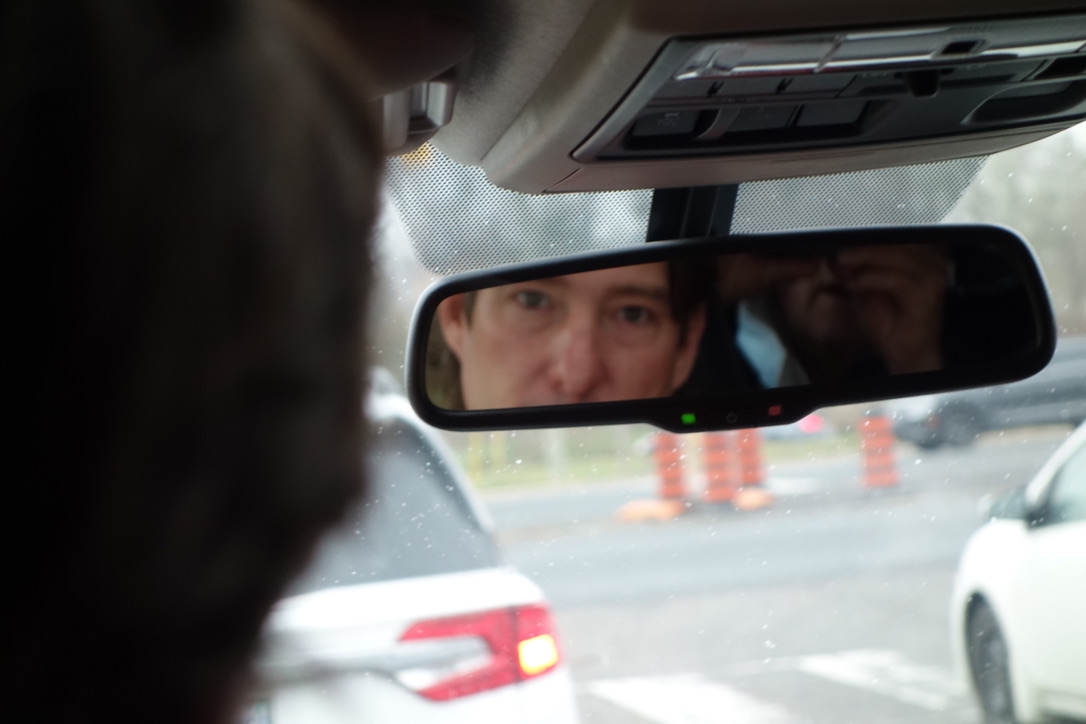
EPISODE 486 BRUNCH AT THE KING EDWARD HOTEL WITH THREE PIGEONSalan skeochDec. 5,2021
Life goes on in spite of the Covid 19 epidemic. But things are notquite the same for humans. Pigeons, however, carry on unchanged.
Let’s not dwell on the bad times in which we are now living. Nice things can happen. Our daughter in law, Julie and our son Andrew

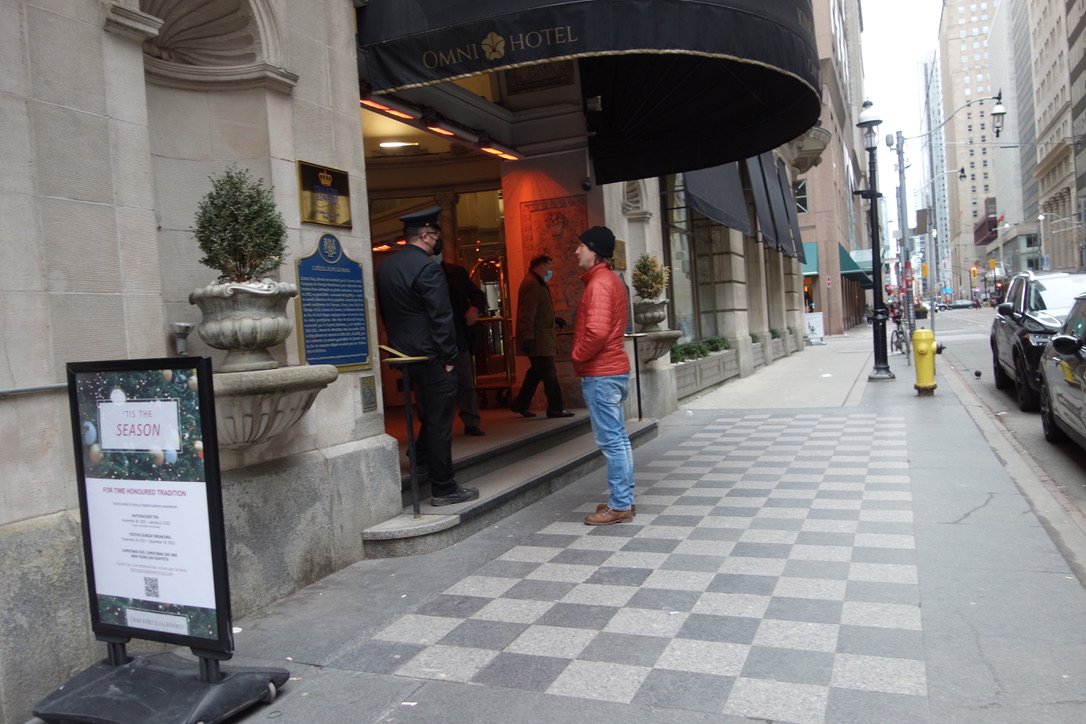
EPISODE 486 PETS; DAISY AND SONNY…


